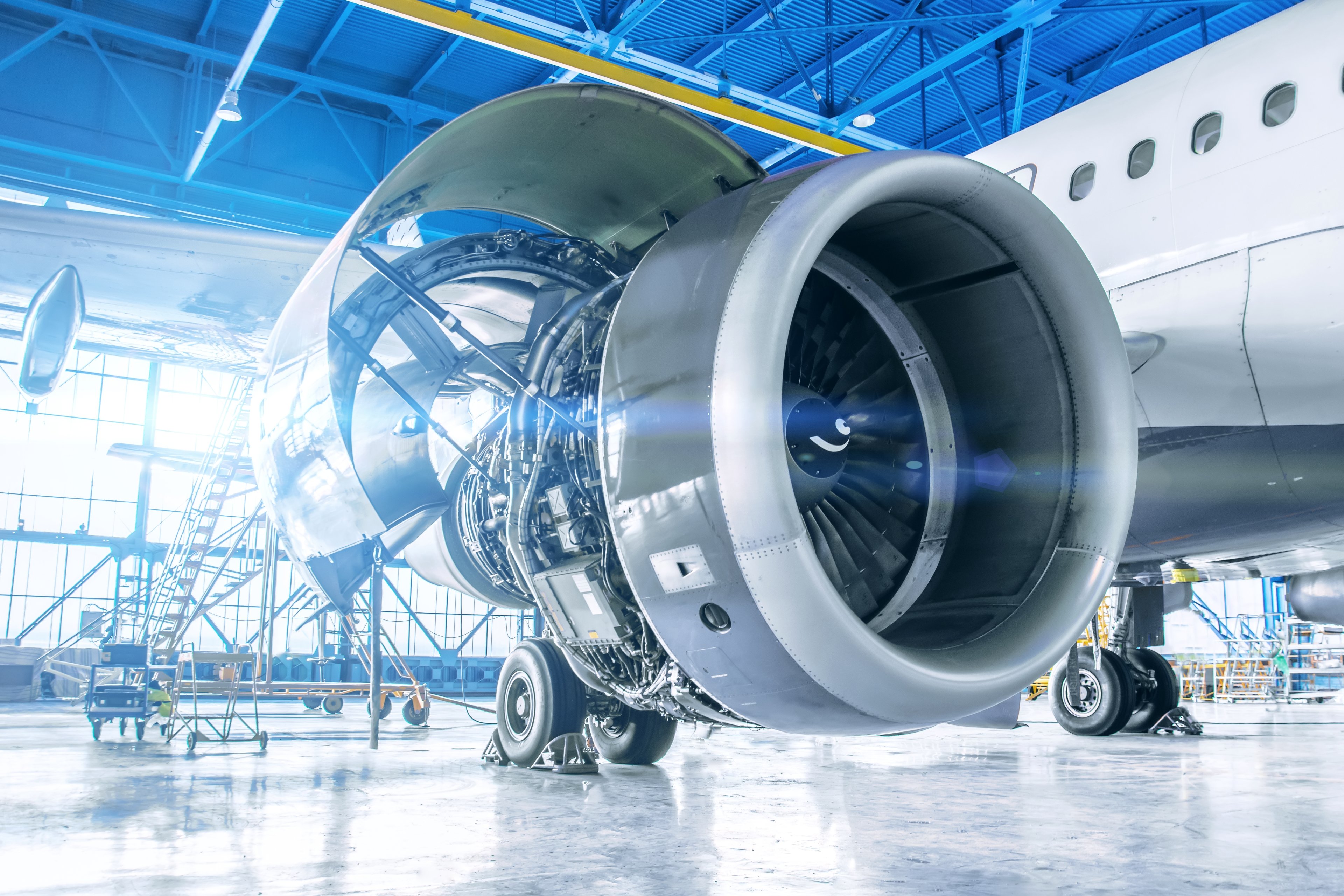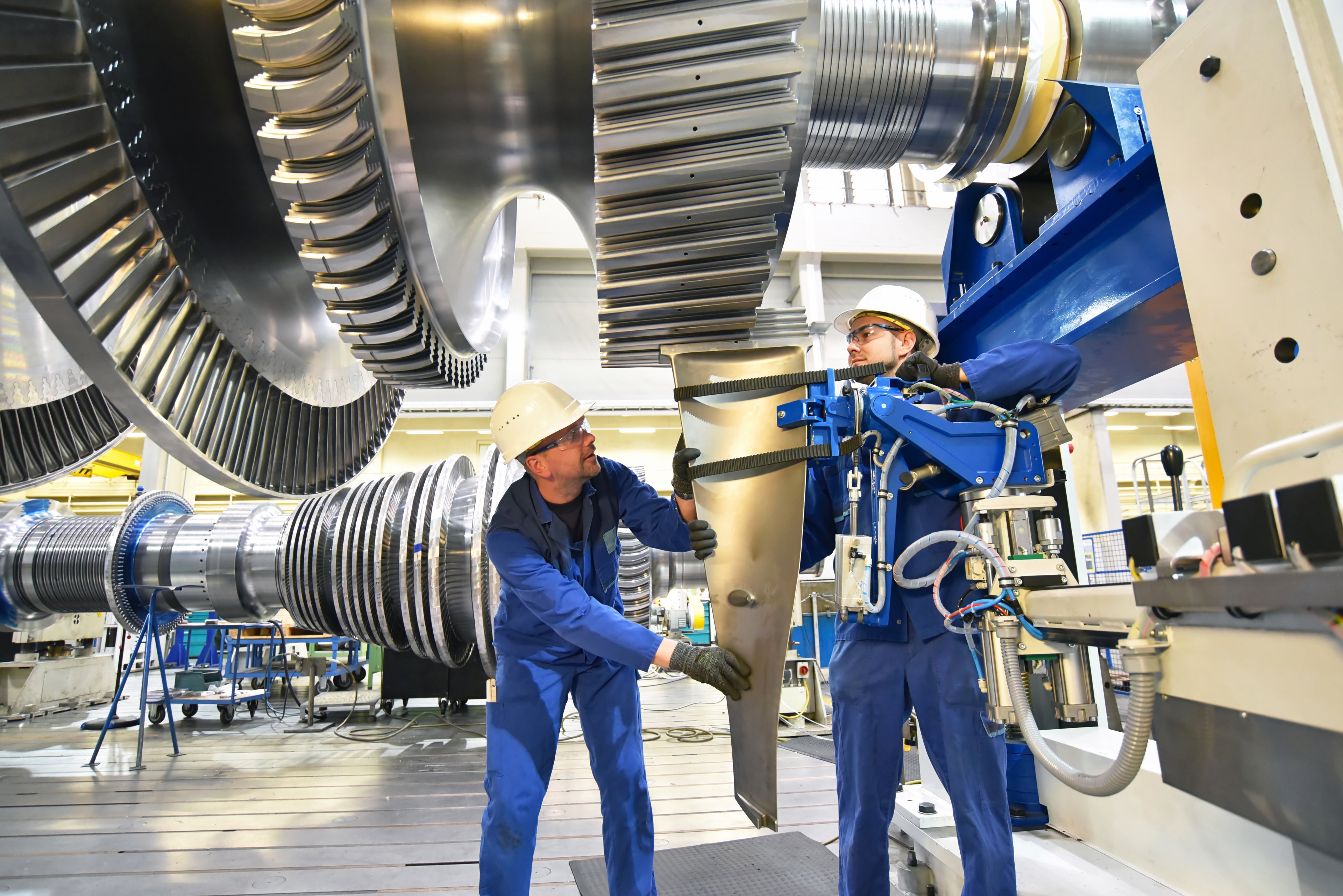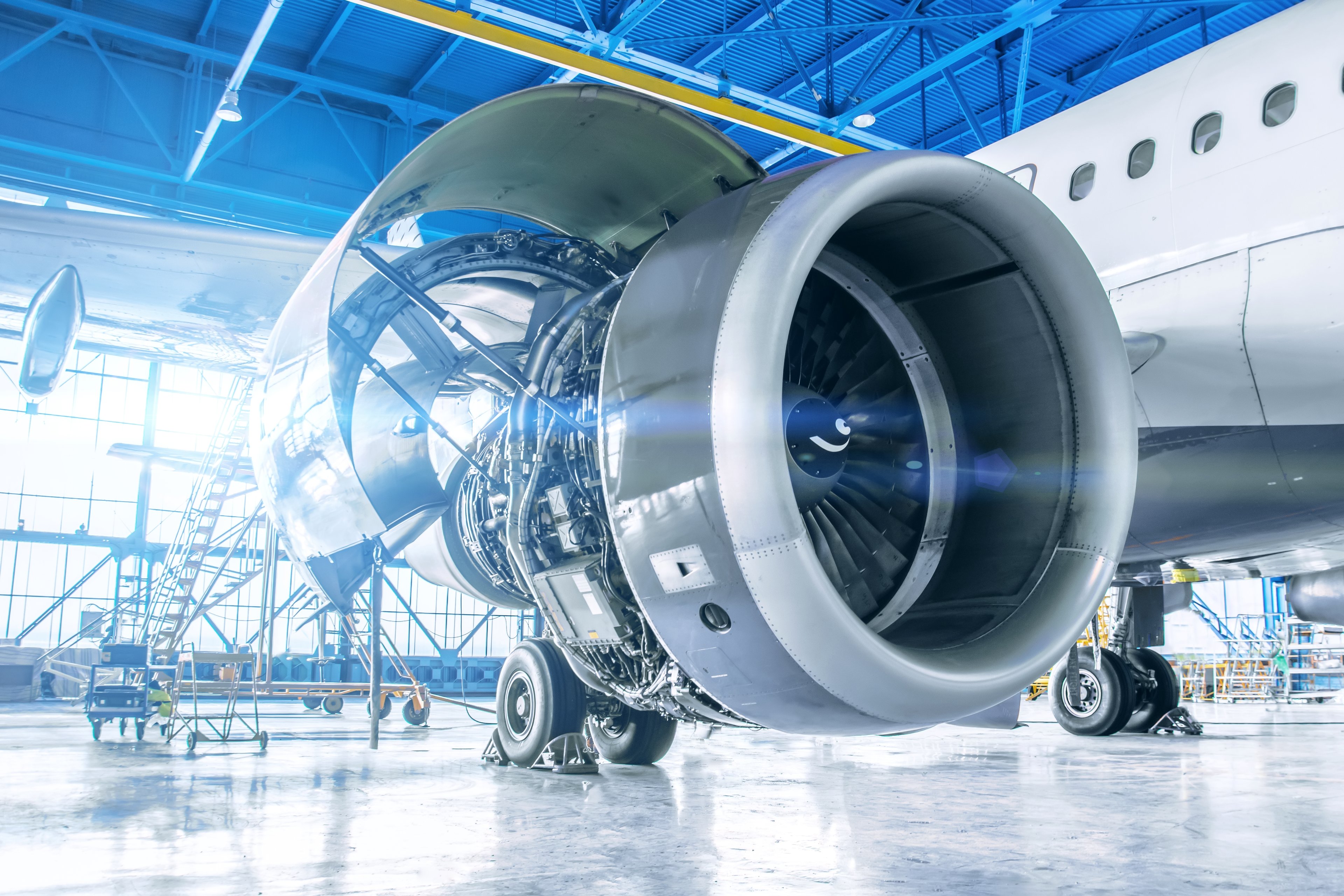In the coming years, through its 50-50 joint venture with Snecma, a subsidiary of France-based Safran, General Electric (GE +0.39%) will make aviation history with the introduction of the Leap jet engine. Not only will the Leap engine make many breakthroughs on the fuel-efficiency front, but it will also feature 3-D metal-printed fuel nozzles. As a result, General Electric is effectively pioneering the use of 3-D printing in larger-scale manufacturing applications.

A full-size mockup of CFM LEAP-X engine. Source: Wikipedia user KGG1951, under CC license 3.0, no changes made.
In the following video, 3-D printing specialist Steve Heller asks General Electric's chief manufacturing scientist Stephan Biller to provide an update on the Leap engine, as well as its 3-D printed fuel nozzles. Going forward, General Electric investors should continue to monitor new developments about the progress of the Leap engine, and how its 3-D printing manufacturing expertise is translating into other areas of its business.
A full transcript follows the video.
Steve Heller: I wanted to talk about the LEAP jet engine, particularly -- we're at a 3-D printing conference -- the fuel nozzle. I wanted to know if you could update us at all, how the progress is going with that?
Stephan Biller: Progress is going great. We're making great progress. The LEAP is obviously going to be one of our [General Electric's] most important products we're going to introduce. By 2020, we believe that we're going to have printed about 100,000 additive [3-D printed] parts going into the LEAP.
We're [General Electric is] really taking advantage of that new technology, and it's a very, very exciting time. We're working very hard on it together with our business partners in aviation, and there's lots and lots of excitement around that.
I think we're going to introduce that engine faster; usually in aviation you think about, "How long is it going to take you to make the 250th engine?" That will be faster than it has been ever before.
Heller: Interesting. GE, in particular, is pioneering larger-scale 3-D printing manufacturing, with real metal in jet engines, in harsh environments. Is that correct?
Biller: Yes, that is exactly right. That was the idea of our acquisition of Morris, of course, was the basis for us being able to do that.
Heller: Right, to give you the expertise and understanding, and be able to push the boundaries of 3-D printing technology to fit your own [General Electric's] operations.
Biller: Yes.






